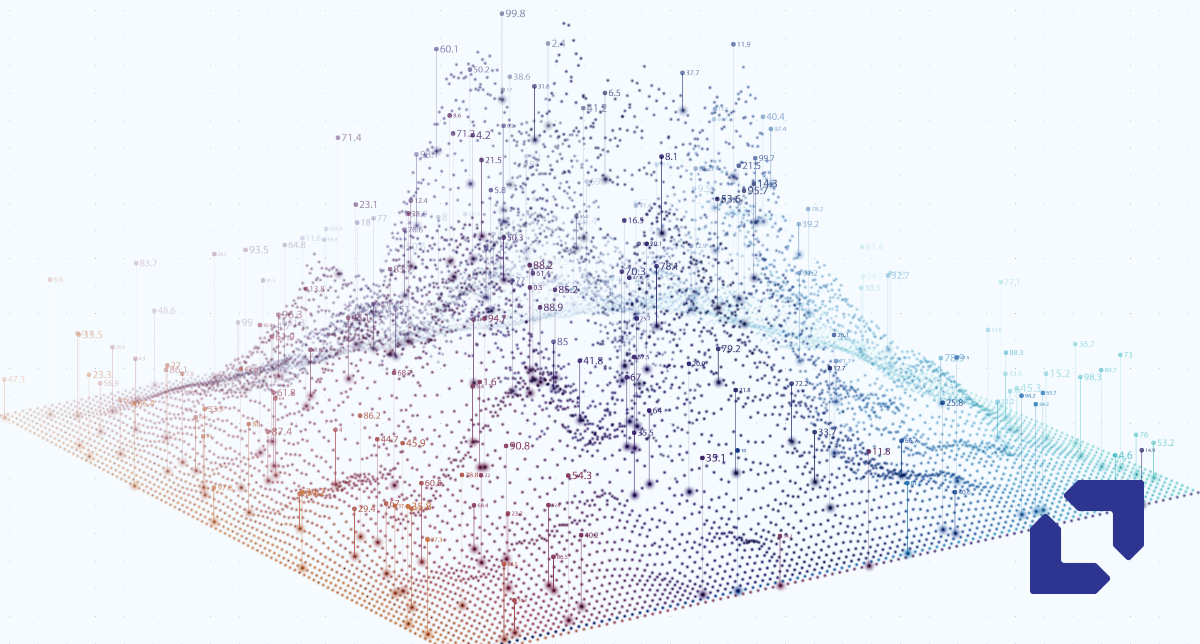You can’t delay the inevitable – Drupal 7 (D7) support ends in November 2023. This means, the time to assess your tech stack and plan for your business's ability to support future consumer needs, is right now. The four questions highlighted in this blog will help you decide what’s next.
You're at a crossroads if you’re currently on Drupal 7 or 8. You know two things: the first is that omni-channel strategies, fuelled by content, are critical to business growth. The second is that support for Drupal 7 ends in November 2023, and for Drupal 8 it’s already gone.
The longer it takes to plan for the future business and technology needs of your organization, the more you’ll be exposing it to significant risk. It's time to future-proof your tech stack and content management system (CMS).
Here are four key questions to consider before you can meaningfully match business needs with tech strategy and decide whether to stick with Drupal or move to a headless CMS.
Q1: How are you closing the experience gap?
When we work with our clients to assess how their tech stack supports business needs, we always look at the gap between the experience they’re providing now and the one they aim to achieve. Ultimately, if your customers aren’t happy with the experience you’ve created, they’ll go to your competition.
It’s not enough to just reduce friction and provide efficiency — audiences today expect a blend of personalization, engagement and empathy that feels seamless from start to finish. The technology stack is what enables this experience.
When you look at your company’s tech needs, be brutally honest. How close have you come to closing the experience gap with your current stack? What do you need to do to accomplish what you’re after?
Q2: Are you working from a centralized or decentralized operating model?
Who holds the decision-making authority in your organization when it comes to technology and digital presence? A centralized operating model, where the decisions are typically made at the senior level, requires different governance processes from a decentralized model, where regions or individual business units have decision-making authority.
Taking into account current processes and their evolution is key to identifying a tech strategy that addresses business needs. Your tech stack should be designed to set you up for scale and agility, simultaneously – allowing teams to build once and deploy multiple times. In the case of your CMS, this means identifying a platform that brings efficiency to both campaign launch and governance processes.
The challenge with a highly centralized model is that it could promote the creation of silos between regions and business units. While it boosts agility, from the lens of scalability the results aren’t as ideal. “Bringing in some amount of decentralization with a shared services model can help break down silos within an organization,” shares Andrew Wong, Managing Director, APAC.
Q3: Do you have processes that ensure governance and flexibility simultaneously?
Governance is foundational, but you also need the flexibility to evolve with the marketplace and stay one step ahead of your competition. Looking through the lens of your business model, do you have the necessary processes in place to give your regional teams freedom to adapt while also ensuring brand and operational consistency?
If your answer is “yes,” do they have all the tools they need to stay inside governance guardrails without sacrificing the customer experience? Your CMS places a crucial role in this. From personalization to localization and more, the right CMS coupled with governance and change management will drive your ability to deploy campaigns quickly.
Whether you decide to move to a modern version of Drupal or another headless CMS, you’ll want to support your teams with the training they need to adapt with speed and sustain over time. Adoption and governance must work together. You shouldn’t be dependent on anyone external to launch a new website or make edits to your current one. If you are, you don’t have the resources and tools to grow in the long run.
Q4: How must you manage change and regulation in your specific industry?
If you opt for the efficiency and freedom delivered by a headless CMS, you also need to know your way around all the other technologies that accompany it. Keep in mind your industry’s regulations and how they impact your organization’s overall risk tolerance.
In highly regulated industries, we must consider which data is to be encrypted, where it can be stored and how it can be transmitted. Choosing a scenario that leverages Platform-as-a-service (PaaS) might not be the ideal solution for you as you would not be in complete control of those decisions.
Without the onus of those regulations, removing that control to focus on their core business is the ideal solution in other industries. In return, this helps you map your organization’s appetite for risk and makes it clear how your tech stack supports it — or doesn’t.
These are big questions that can feel daunting. There isn’t one correct answer that applies to everyone. Appnovation’s experts can guide you to a business-boosting solution that works for your operating model, processes, and people. Chat with us to get started.


